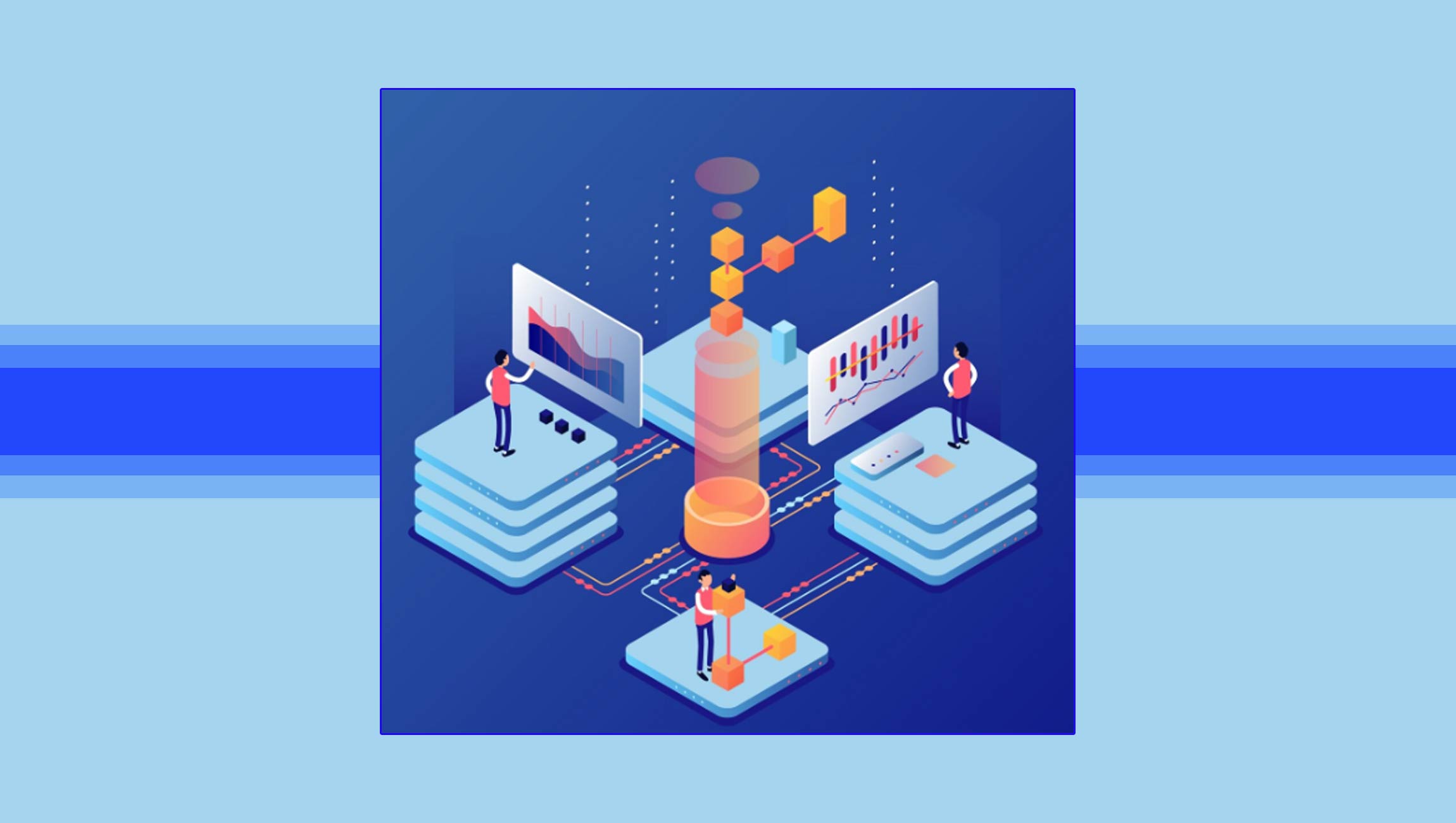Google’s AI Overviews (AIOs) are rapidly transforming the search landscape, now appearing in roughly half of all queries. These AI-generated summaries occupy prime real estate at the top of search engine result pages (SERPs), pushing traditional organic listings further down.
For brands, this transformation raises crucial questions: How do AIOs impact web traffic and consumer engagement? What does this mean for brand visibility? As Google continues to refine its AI-powered search experience, understanding these changes is essential to adapting marketing strategies that will ensure brand visibility and relevance to consumers. Terakeet’s data science team recently published research that provides some solutions.
The Findings
The presence of AIOs in Google’s search results significantly alters website traffic patterns in varying ways. Research from Terakeet highlights a major shift: When a website is featured within an AIO, its traffic can increase by as much as 3.2 times. This suggests that brands included in AIOs stand to gain substantial visibility and engagement.
Exclusions Lead to Traffic Declines
Unsurprisingly, the opposite can be said for websites not included in AIOs. Terakeet found that being excluded from AIOs leads to measurable traffic declines, particularly for informational search queries. Why? Because when users see an AIO at the top of the SERP, they are less likely to scroll down and click on traditional organic results.
This means that even high-ranking pages may receive fewer clicks than they used to since Google’s AI-generated summaries provide immediate answers. Sometimes, these summaries eliminate the need for users to visit AIOs’ sourced websites altogether.
Impact on Brands
The implications of this shift extend beyond just visibility. After all, inclusion in an AIO isn’t just about maintaining traffic but also about securing a competitive edge over competitors for engagement with customers. For large industries with high consumer lifetime value and high-consideration products, like personal finance, insurance, and healthcare, AIO inclusion can be a game-changer.
As an example, Terakeet’s research shows that the insurance space has an estimated $747 million revenue opportunity by acquiring traffic through organic search. A 3.2x traffic boost that comes from being featured in AIOs translates into an over 300% higher likelihood of capturing a larger share of this lucrative market, making AIO presence an essential factor in performance marketing strategy.
Marketing Technology News: Martech Interview with Meena Ganesh, Senior Product Marketing Manager @ Box AI
AIOs Are Reshaping Search—Now What?
As AIOs continue to redefine search behavior, brands must adapt, innovate, and execute strategic SEO and content marketing practices to stay visible and competitive. Success in an AI-generated search landscape requires a dual approach: optimizing for AI-driven search while maintaining the fundamentals of traditional SEO.
Optimize for AI-Driven Search
To secure a spot in AIOs, brands must align their content with factors that influence Google’s AI selection process. Google just began commenting on these factors for the first time, which our own research supports:
- Building E-E-A-T (Experience, Expertise, Authoritativeness, and Trustworthiness) is still important. Google’s AI favors relevant content from reputable, high-authority sources.
- Conversational content is key. AIOs prioritize responses that align with natural language queries. Brands must understand what their consumers are searching for and use that to inform their content strategies so they can support conversations with audiences.
- HTML features don’t seem to matter much. Basic HTML features don’t correlate with AIO inclusion, so they should be less of a priority for brands looking to perform well in AIOs.
Maintain Traditional SEO Tactics
Traditional SEO still plays a vital role for brands looking for their content to be included in AIOs. Research suggests that SERP ranking remains highly correlated with AIO inclusion, meaning that strong organic rankings increase the chances of being featured.
Brands should continue to:
- Create intent-driven content. Do so while continuing to refine keyword strategies, improve audience behavior research, and enhance on-page content.
- Use structured setup. Formatting content with clear headers, bullet points, and schema markup makes it easier for AI to extract key information.
Embracing the AI-Driven Future of Search
Google’s AI Overviews are no longer an experimental feature but rather a permanent shift in how Google delivers information. With AIOs now appearing in nearly half of searches, their impact on web traffic and visibility is undeniable. And, as our research suggests, their impact on user behavior is something brands can’t ignore.
For marketing professionals, this means that traditional tactics for search visibility must evolve. Winning in an AIO-dominated SERP landscape requires a proactive approach. Brands must continue using strong SEO fundamentals in their content creation while optimizing for AI-driven search to continue to improve customer acquisition.
Google’s AIOs are reshaping search as we know it, but brands that embrace innovation and refine their strategies have the opportunity to outpace their competitors and drive massive growth.
Marketing Technology News: Are B2B Marketers Missing Their Biggest Opportunity in Connected TV?











